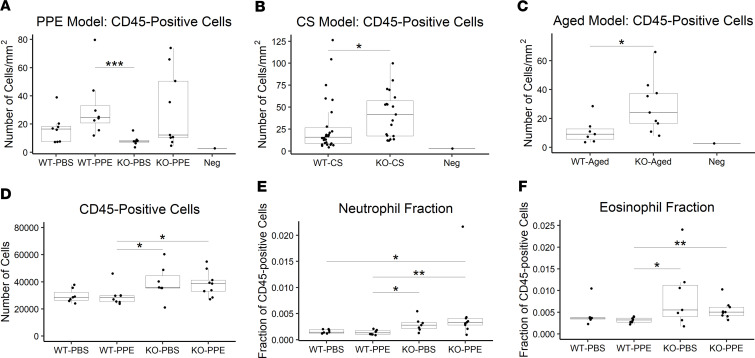Figure 4. Immune cells in Cela1-deficient mice.
(A) In lung sections from WT and Cela1–/– (KO) mice treated with tracheal PBS or porcine pancreatic elastase (PPE, n = 8 for all groups) immunostained for the leukocyte marker CD45, the only notable difference was fewer immune cells in KO-PBS mice compared with WT-PPE. Neg is the number of cells identified with secondary antibody staining alone. (B) After 8 months of cigarette smoke exposure, the number of leukocytes was increased in KO mice (n = 19) compared with WT (n = 20). (C) Similarly, in 72- to 75-week-old mouse lungs, more immune cells were present in KO (n = 9) compared with WT (n = 7). (D) In a different experiment, we used flow cytometry to quantify immune cell populations. Two hundred and fifty thousand cells were analyzed for each mouse. n = 7, 8, 8, and 9 for WT-PBS, WT-PPE, KO-PBS, and KO-PPE, respectively. More CD45-positive cells were present in KO lungs. (E and F) In analysis of immune cell populations, only the fractional increases in neutrophils and eosinophils were notable. For all analyses, P < 0.05 by Kruskal-Wallis test and *P < 0.05, **P < 0.01, ***P < 0.001 by Dunn’s post hoc test.

